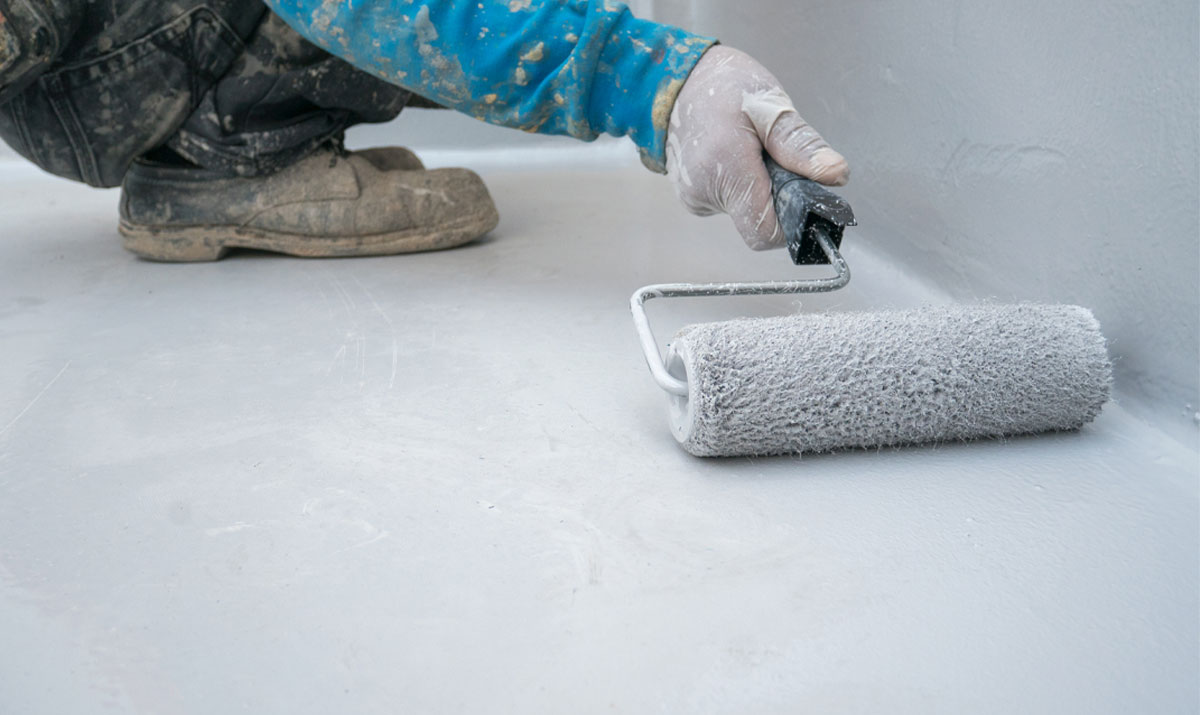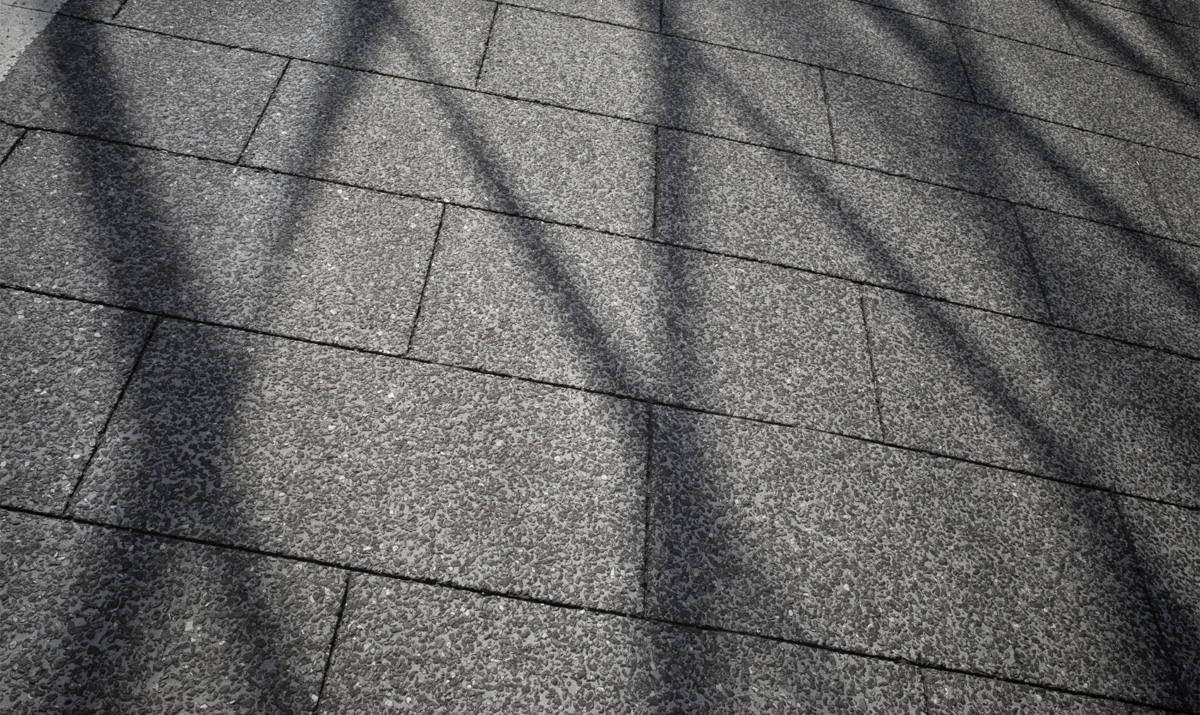How waterproofing is done in bathroom?
Waterproofing a bathroom is an essential step in protecting your home from water damage. Water can seep into the walls and floors of your bathroom, causing mold, mildew, and rot. This can lead to costly repairs and damage to your home’s structure. The best method for you will depend on the size of your bathroom, the type of materials you are using, and your budget.
Here is a general overview of how to waterproof a bathroom:
- Prepare the surface. The surface of the walls and floors must be clean, dry, and free of any debris before you begin waterproofing. You may need to sand or scrape the surface to remove any old paint or tile.
- Apply a primer. A primer will help the waterproofing material adhere to the surface. Apply the primer according to the manufacturer’s instructions.
- Apply the waterproofing material. There are a variety of different waterproofing materials available, including liquid membranes, sheet membranes, and cementitious coatings. Choose a waterproofing material that is appropriate for the type of surface you are waterproofing. Apply the waterproofing material according to the manufacturer’s instructions.
- Install a water barrier. A water barrier will help to prevent water from seeping into the walls and floors of your bathroom. A water barrier can be made from a variety of materials, including silicone sealant, caulk, or a flashing material. Install the water barrier according to the manufacturer’s instructions.
- Test the waterproofing. Once the waterproofing is complete, it is important to test it to make sure that it is effective. You can do this by pouring water on the surface of the walls and floors and seeing if it leaks through. If there are any leaks, you will need to repair the waterproofing.
Which is the best waterproofing for bathroom?
The best type of waterproofing for your bathroom will depend on a number of factors, including the type of construction, the budget, and the desired level of protection.
If you have a concrete bathroom, membrane waterproofing is the best option. Membrane waterproofing provides a complete seal against moisture and is highly durable.
If you have a tile bathroom, surface waterproofing may be a good option. Surface waterproofing is less expensive than membrane waterproofing and is easier to install. However, it is important to note that surface waterproofing is not as durable as membrane waterproofing.
What is the process of waterproofing in bathroom?
The process of waterproofing a bathroom will vary depending on the type of waterproofing being used.
Surface waterproofing:
- Clean the surface of the bathroom walls and floors thoroughly.
- Apply a primer to the surface to improve adhesion.
- Apply the surface waterproofing sealant or coating according to the manufacturer’s instructions.
- Allow the surface waterproofing to dry completely before using the bathroom.
Membrane waterproofing:
- Install a drainage system in the bathroom to collect any water that leaks through the membrane.
- Apply a primer to the surface of the bathroom walls and floors.
- Install the membrane waterproofing material according to the manufacturer’s instructions.
- Apply a topcoat to the membrane waterproofing to protect it from damage.
Can I waterproof bathroom myself?
It is possible to waterproof a bathroom yourself, but it is important to follow the manufacturer’s instructions carefully. If you are not comfortable waterproofing a bathroom yourself, it is best to hire a professional.
What are the 4 types of shower waterproofing?
There are four main types of shower waterproofing:
- Liquid membrane waterproofing: Liquid membrane waterproofing is a type of surface waterproofing that is applied to the shower walls and floors. It is typically made of a rubber or plastic material that creates a watertight seal.
- Sheet membrane waterproofing: Sheet membrane waterproofing is a type of membrane waterproofing that is installed between the shower walls and floors and the underlying structure. It is typically made of a rubber or plastic material that creates a watertight seal.
- Tile waterproofing: Tile waterproofing is a type of surface waterproofing that is applied to the shower walls and floors before the tiles are installed. It is typically made of a sealant or coating that creates a barrier against moisture.
- Pan waterproofing: Pan waterproofing is a type of waterproofing that is used to create a watertight shower base. It is typically made of a metal or plastic material that is lined with a rubber or plastic membrane.
The best type of shower waterproofing for your shower will depend on a number of factors, including the type of construction, the budget, and the desired level of protection.
Bathroom Waterproofing Contractor in Abudhabi, UAE
Waterproofing your bathroom is essential to protect your home from water damage. Water damage can cause mold and mildew growth, which can lead to health problems. It can also damage your home’s structure and foundation.
At Floor 2 Terrace Protection, we specialize in bathroom waterproofing. We use high-quality materials and equipment to ensure that your bathroom is properly waterproofed and protected from water damage.
If you are looking for a professional and reliable bathroom waterproofing company, Floor 2 Terrace Protection is the best choice for you. Contact us today for a free consultation and estimate.





